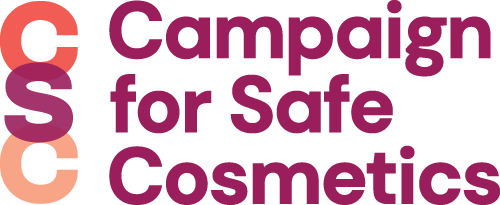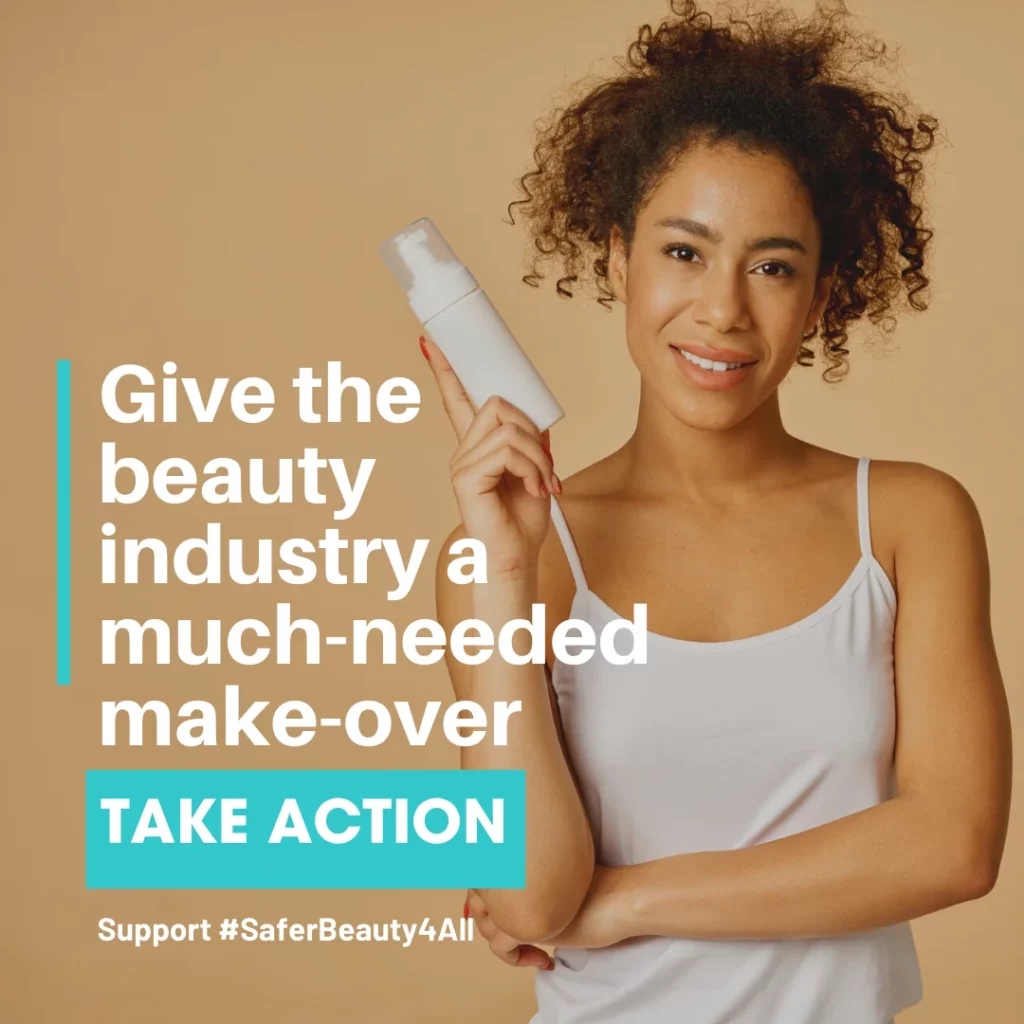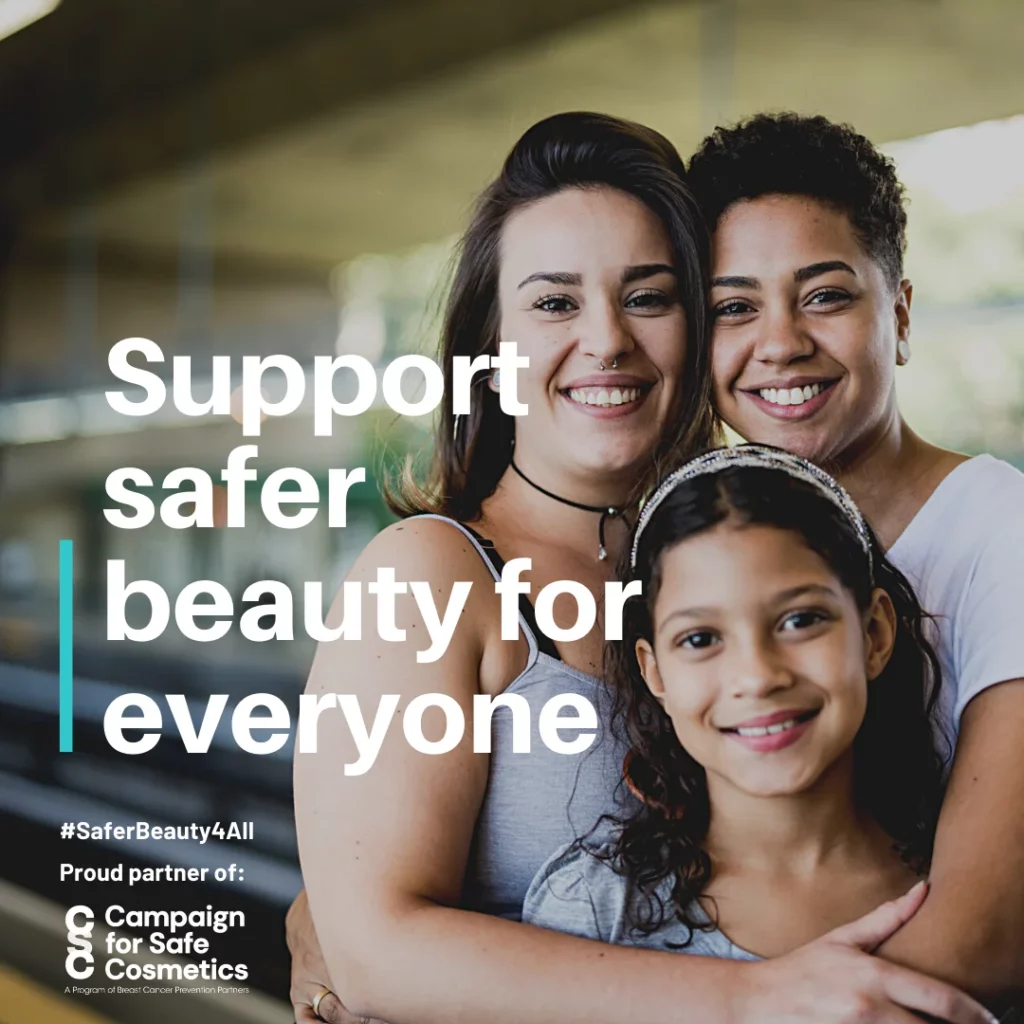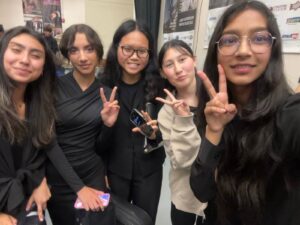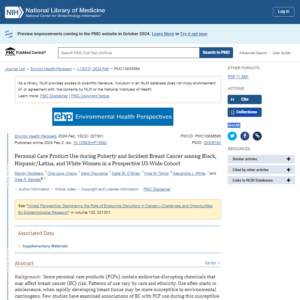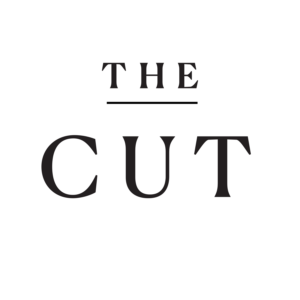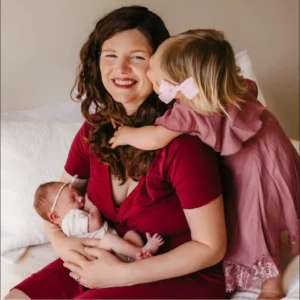
Written by
Laura Gillan, Program Manager
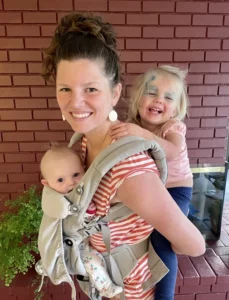 I carefully arranged a selection of snacks on the table in front of me, eagerly awaiting the arrival of some of the women from my local moms’ group. One by one, they rang the doorbell, and instead of bringing wine or dessert as one might expect, each carried a favorite personal care product in her hand.
I carefully arranged a selection of snacks on the table in front of me, eagerly awaiting the arrival of some of the women from my local moms’ group. One by one, they rang the doorbell, and instead of bringing wine or dessert as one might expect, each carried a favorite personal care product in her hand.
On this particular evening, our shared motivation to choose safer products for our families brought us together. As a scientist in environmental health, I am acutely aware of the ongoing exposure to hazardous chemicals that my children and I encounter in our daily lives. Whether it’s inhaling air pollution from passing cars, fragrance from home care or cleaning products, or consuming foods laden with dangerous chemicals and pesticides, the constant battle against toxic exposure leaves me overwhelmed. Seemingly innocuous items like nonstick cookware and socks pose potential risks, harboring harmful substances such as lead and other heavy metals, polytetrafluoroethylene (PTFE), bisphenol-A, and even PFAS.
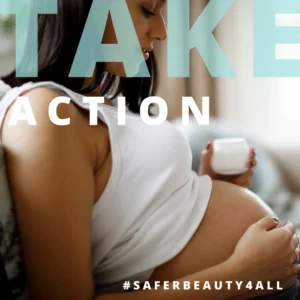 At times, I find myself questioning the value of this relentless pursuit to protect my family. Despite my best efforts, exposure to toxics seems inevitable. Then, I imagine my child as an adult, asking me, “Did you do everything you could to protect me?” and I pause in my tracks. The thought that environmental exposure might rob them of their future potential is a powerful motivator. It urges me to keep charging forward. And on this particular night, my focus is on personal care products – an area where I have at least some control over what my children are exposed to.
At times, I find myself questioning the value of this relentless pursuit to protect my family. Despite my best efforts, exposure to toxics seems inevitable. Then, I imagine my child as an adult, asking me, “Did you do everything you could to protect me?” and I pause in my tracks. The thought that environmental exposure might rob them of their future potential is a powerful motivator. It urges me to keep charging forward. And on this particular night, my focus is on personal care products – an area where I have at least some control over what my children are exposed to.
We kicked off the night by watching Not So Pretty, a gripping four-part HBO docu-series that sheds light on the toxic chemicals lurking in our everyday beauty products. We dove deep into the eye-opening world of cosmetics, spellbound by the gut-wrenching story of a mother whose daughter had been diagnosed with mesothelioma due to childhood exposure to asbestos in her toy makeup kit.
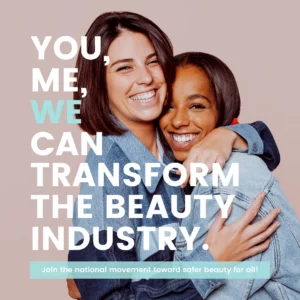 Enraged, we were compelled to take action. We downloaded a powerful app called Clearya, apprehensively eager to unveil the dangers concealed in our most trusted personal care products. Each of us scanned the ingredient lists of the products we had brought along. ALERT! Isobutane and cyclotetrasiloxane, among other ominous ingredients, were flagged as potential sources of carcinogens and hormone disruption. Our eyes widened in disbelief as we came face to face with the harsh reality of what we had been applying to our bodies for years. We’d trusted these brands implicitly, believing they had done their due diligence. The realization was a tough pill to swallow. Together, we realized that shopping based on product marketing wasn’t enough: Products labeled as ‘clean’ and ‘natural’ came with alerts of potential toxicity. Clearya helped us cut through the BS and gave us the knowledge we needed to truly understand the safety of each ingredient listed.
Enraged, we were compelled to take action. We downloaded a powerful app called Clearya, apprehensively eager to unveil the dangers concealed in our most trusted personal care products. Each of us scanned the ingredient lists of the products we had brought along. ALERT! Isobutane and cyclotetrasiloxane, among other ominous ingredients, were flagged as potential sources of carcinogens and hormone disruption. Our eyes widened in disbelief as we came face to face with the harsh reality of what we had been applying to our bodies for years. We’d trusted these brands implicitly, believing they had done their due diligence. The realization was a tough pill to swallow. Together, we realized that shopping based on product marketing wasn’t enough: Products labeled as ‘clean’ and ‘natural’ came with alerts of potential toxicity. Clearya helped us cut through the BS and gave us the knowledge we needed to truly understand the safety of each ingredient listed.
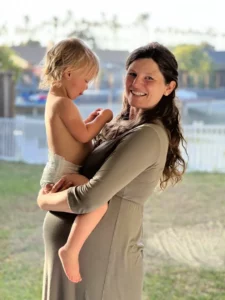 Our evening did not end there. After everyone had returned to their homes, each of us fervently scanned the products in our cabinets, setting aside those that needed to be phased out over time or thrown out altogether. Our group chat buzzed with messages, each one fueled by a genuine concern for the well-being of our families. “Ugh, my sunscreen contains oxybenzone 😫 ”, “The foundation I use has propylparaben 😭”, “Why is there DMDM hydantoin my lotion?” and “My lip crayon has benzophenone-3 😡” were just a few of the concerns we shared, exchanging recommendations for safer alternatives.
Our evening did not end there. After everyone had returned to their homes, each of us fervently scanned the products in our cabinets, setting aside those that needed to be phased out over time or thrown out altogether. Our group chat buzzed with messages, each one fueled by a genuine concern for the well-being of our families. “Ugh, my sunscreen contains oxybenzone 😫 ”, “The foundation I use has propylparaben 😭”, “Why is there DMDM hydantoin my lotion?” and “My lip crayon has benzophenone-3 😡” were just a few of the concerns we shared, exchanging recommendations for safer alternatives.
As advocates for safer beauty products, the group and I recognize this issue extends far beyond our circle of friends. It’s a matter of public health and environmental responsibility. Fueled by a sense of duty to drive societal change, we began sending letters to our congressional representatives, urging them to enact more robust legislation on cosmetic safety. You too can tell Congress to support the Safer Beauty Bill package by sending them a letter.
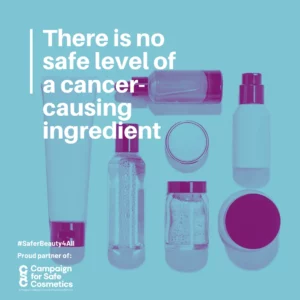 Thousands of industrial chemicals are used in the personal care and beauty products that consumers use daily. In Europe, nearly 2,500 of these have been banned from beauty and personal care products. In contrast, the U.S. FDA has restricted or banned only eleven ingredients from cosmetics, despite over 10,000 chemicals present in these products.
Thousands of industrial chemicals are used in the personal care and beauty products that consumers use daily. In Europe, nearly 2,500 of these have been banned from beauty and personal care products. In contrast, the U.S. FDA has restricted or banned only eleven ingredients from cosmetics, despite over 10,000 chemicals present in these products.
Our gathering to watch Not So Pretty was a turning point, a night of awakening. As we said “goodbye,” we carried with us not only a sense of empowerment but a renewed commitment to protecting our loved ones from the hidden dangers lurking in our personal care and household products. It was a collective goal to do better. And so, we embark on a journey to transform not just our lives but also the industry as a whole, one safe product at a time.
